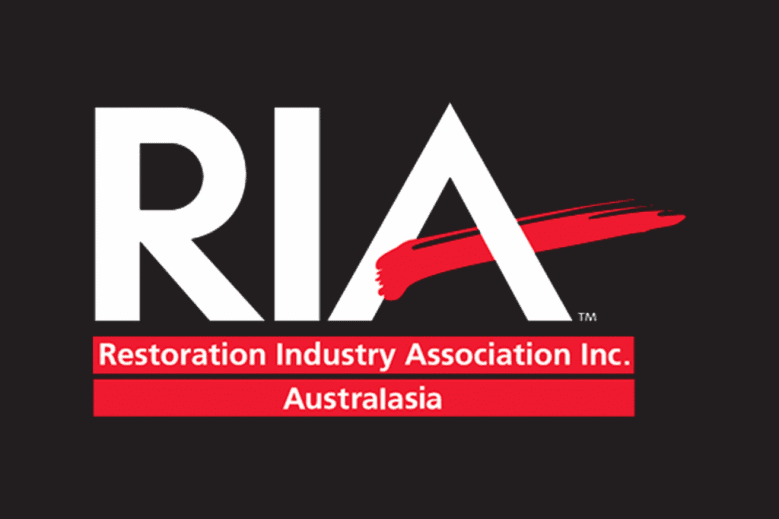In water damage restoration, not all water is equal. The AS-IICRC S500:2025 Standard defines three categories of water intrusion based on the level of contamination and potential health risks involved. Understanding these categories — and how to properly respond to them — is critical for restoration professionals, hygienists, insurers, and property owners alike.
This article breaks down the categories defined under the AS-IICRC S500, and explains how the standard guides the restoration process for each.
Category 1 – Clean Water
“Water originating from a sanitary source that does not pose a substantial risk to health.”
Examples:
- Broken potable water supply lines
- Overflowing sink or bathtub (with no contaminants)
- Rainwater that has not contacted soil or contaminants
Key AS-IICRC S500 Guidance:
- Fast action is still required: Clean water can become Category 2 or 3 if left untreated for >48 hours
- Materials affected by Category 1 water may be restorable (e.g. carpet, plasterboard), assuming no microbial growth is present
- Documentation must confirm source, duration, and environmental conditions to validate classification
Category 2 – Grey Water
“Water with significant contamination that may cause discomfort or illness if contacted or consumed.”
Examples:
- Overflow from washing machines or dishwashers
- Toilet bowl water (no visible feces)
- Rainwater that has flowed across the ground or entered via window/door
Risks:
- Contains chemical, biological, or physical contaminants
- Often becomes Category 3 within 24–48 hours if not addressed properly
S500 Response Requirements:
- Porous materials (e.g. underlay, particleboard, insulation) are typically non-restorable
- Requires antimicrobial treatment and possibly selective demolition
- Safety protocols and PPE usage must be documented
- Hygienist involvement may be recommended depending on extent and exposure duration
Category 3 – Black Water
“Grossly contaminated water capable of causing severe illness or death.”
Examples:
- Sewage backups
- Rising river or stormwater (post-flood)
- Toilet overflows with fecal matter
- Water from undiscovered leaks that has been stagnant long enough to support microbial growth
Hazards:
- Contains pathogens, toxins, or other biohazards
- Risk of infection, respiratory illness, and environmental contamination
AS-IICRC S500 Guidelines:
- All porous materials (carpet, insulation, plasterboard, soft furniture) must be removed
- Hard surfaces must be thoroughly cleaned, disinfected, and verified safe
- Containment barriers, air filtration, and negative pressure may be required
- Work must follow Category 3-specific protocols under S500 including appropriate decontamination and clearance
Why This Classification Matters
Under the AS-IICRC S500:2025, correctly identifying the water category impacts:
- The scope of work
- What materials must be removed or restored
- Whether a hygienist is required
- Whether PPE or containment is mandated
- What documentation is needed to satisfy insurers and regulatory bodies
Failure to classify correctly may result in health risks, legal exposure, and claim disputes.
Documentation & Risk Management
The S500 requires that restorers document the source, spread, and classification of water in real-time, including:
- Moisture mapping
- Photos before and after
- Equipment logs
- Temperature and humidity readings
- Antimicrobial treatments used
- Waste removal methods (especially in Category 3)
This documentation becomes essential for insurer scope validation, hygienist clearance, and future occupant health.
Final Thoughts
The AS-IICRC S500:2025 provides a detailed framework for managing water damage based on contamination levels. Recognising the difference between Category 1, 2, and 3 events — and responding with the appropriate procedures — protects health, reduces risk, and ensures projects are completed to industry-recognised standards.
